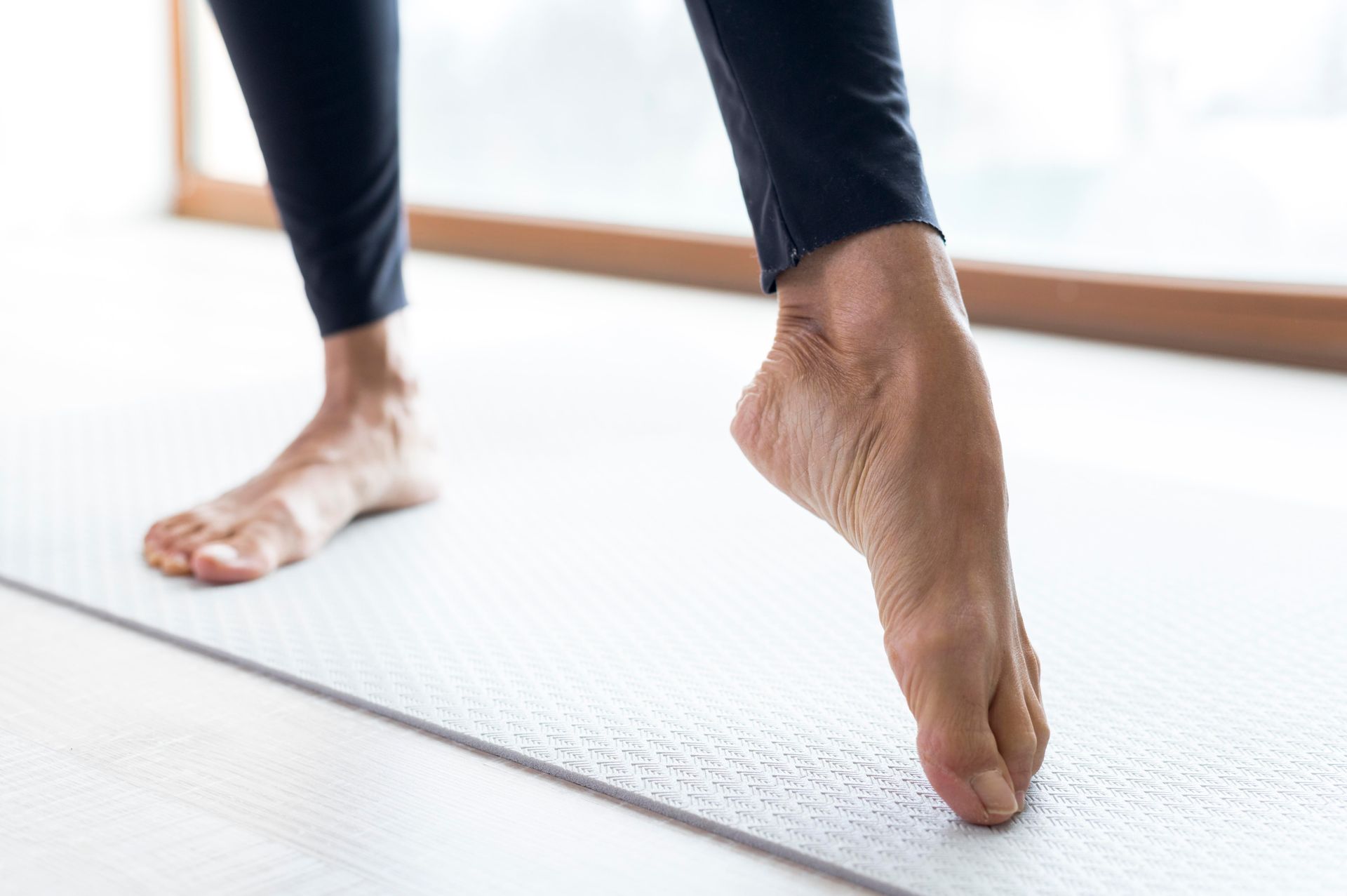Signs You Have Carpal Tunnel Syndrome
Carpal tunnel syndrome is a highly common condition that affects about 1 in 2 adults. While it’s more likely to affect middle-aged adults, just about anyone can develop the condition if they participate in activities that are linked to aggravating the symptoms associated with it. Common causes include repetitive hand activities and health conditions (such as thyroid disease, diabetes or autoimmune disorders) and pregnancy.
Given that the syndrome is common and well-known, many other types of hand or wrist discomfort are often attributed to the disorder. As such, it’s important to know how to properly identify its signs.
In this blog, we’ll review what carpal tunnel syndrome is and go over some signs to look for. We’ll also touch on a few of the best ways to treat the condition and how we can help.
What is Carpal Tunnel Syndrome?
It is a very common and often painful condition which occurs when the major nerve in the hand – also referred to as the median nerve – becomes squeezed or compressed at the wrist.
The median nerve runs from the forearm to the palm of the hand and is located along the carpal tunnel, which is a narrow passageway surrounded by bones and ligaments at the base of the hand. It provides feeling to the palm side of the thumb, as well as to the ring, index and middle fingers. When too much pressure is placed on the median nerve, this can result in weakness, tingling, numbness and even pain in the hand or wrist.
Common causes include repetitive hand motions (such as typing, playing sports, painting, sewing or using another type of tool for prolonged periods), trauma to the hand or wrist, autoimmune disorders (such as rheumatoid arthritis), diabetes, thyroid disease, high blood pressure and fluid retention (such as from pregnancy or menopause).
Signs of Carpal Tunnel Syndrome
Some of the most common carpal tunnel symptoms include:
Aching near the wrist:
This is one of the most commonly reported signs mentioned by sufferers and may also show as burning and pain that flares up more frequently at nighttime.
Numbness in the thumb and first three fingers:
The median nerve provides sensation in the thumb, index and middle fingers, as well as part of the ring finger. If you’re starting to experience a lack of feeling in these specific fingers and areas, this is a strong indicator.
Pins and needles in fingers:
Like numbness, a tingling sensation is commonly felt in the affected area. When left untreated, this symptom can worsen – especially during everyday activities that require the use of the hands.
Weaker hand grip:
Those affected might find their ability to hold items diminishing, or experience difficulty with grasping smaller objects. If you notice that activities such as typing on a keyboard, turning a door handle or opening a can of pop have become more challenging than normal, then carpal tunnel syndrome may well be responsible.
Frequently dropping things:
A consequence of a weakened grip is that it will make it harder to hold objects, and individuals can find themselves letting items fall from their grasp more frequently.
How Can Carpal Tunnel be Treated?
If you’re suffering from any of these issues, carpal tunnel treatment is often required to reduce or eliminate symptoms. Those who leave their symptoms untreated are likely to see them worsen significantly over time.
Luckily, there are many ways to effectively treat the condition. Some of the most well-known non-surgical approaches include:
Carpal tunnel exercises:
Many patients benefit tremendously from practicing carpal tunnel exercises to reduce their symptoms. These include making “spider” like motions (with both hands pressed together at the thumbs and fingertips), shaking your hands (think the motion you make when drying them off) or the “stretch armstrong” exercise (this involves stretching your arm out in front of you and using your other hand to apply pressure to your downward-facing hand).
Changing activity patterns: Given that one of its leading causes is repeated hand or wrist activities, this may be a sign that a change in regular activities is in order. If there is a part of your job or recreational activity that is triggering your symptoms, consider making changes to your workstation or reducing time spent on culprit activities.
Wearing a brace or splint:
Many find relief in wearing a brace or splint at night to keep their wrist from bending. Keeping the wrist in a neutral position helps lift pressure from the median nerve. Some also experience reduced symptoms while wearing the brace during activities that cause symptoms.
Contact the Don Valley Team Today
As experienced physiotherapists and professionals dealing with pain relief, our team at Don Valley Health and Wellness has successfully worked with many patients suffering from carpal tunnel syndrome. If you require help managing your symptoms, we can help you adopt the right exercises and treatment plan.
To book an appointment with our team, call us at
416-466-4438 or visit our
contact page to fill out our online form. We look forward to seeing you soon.












